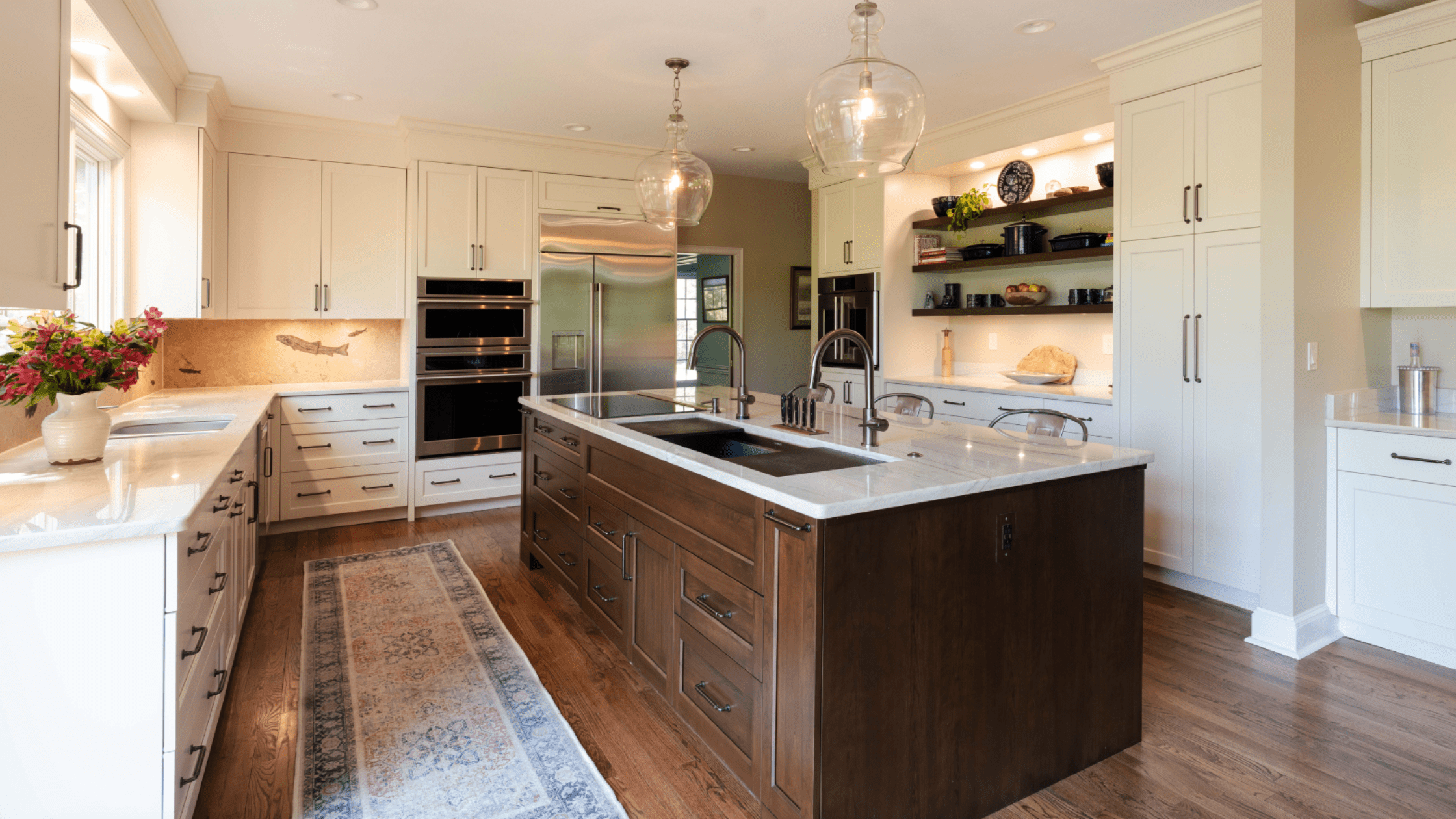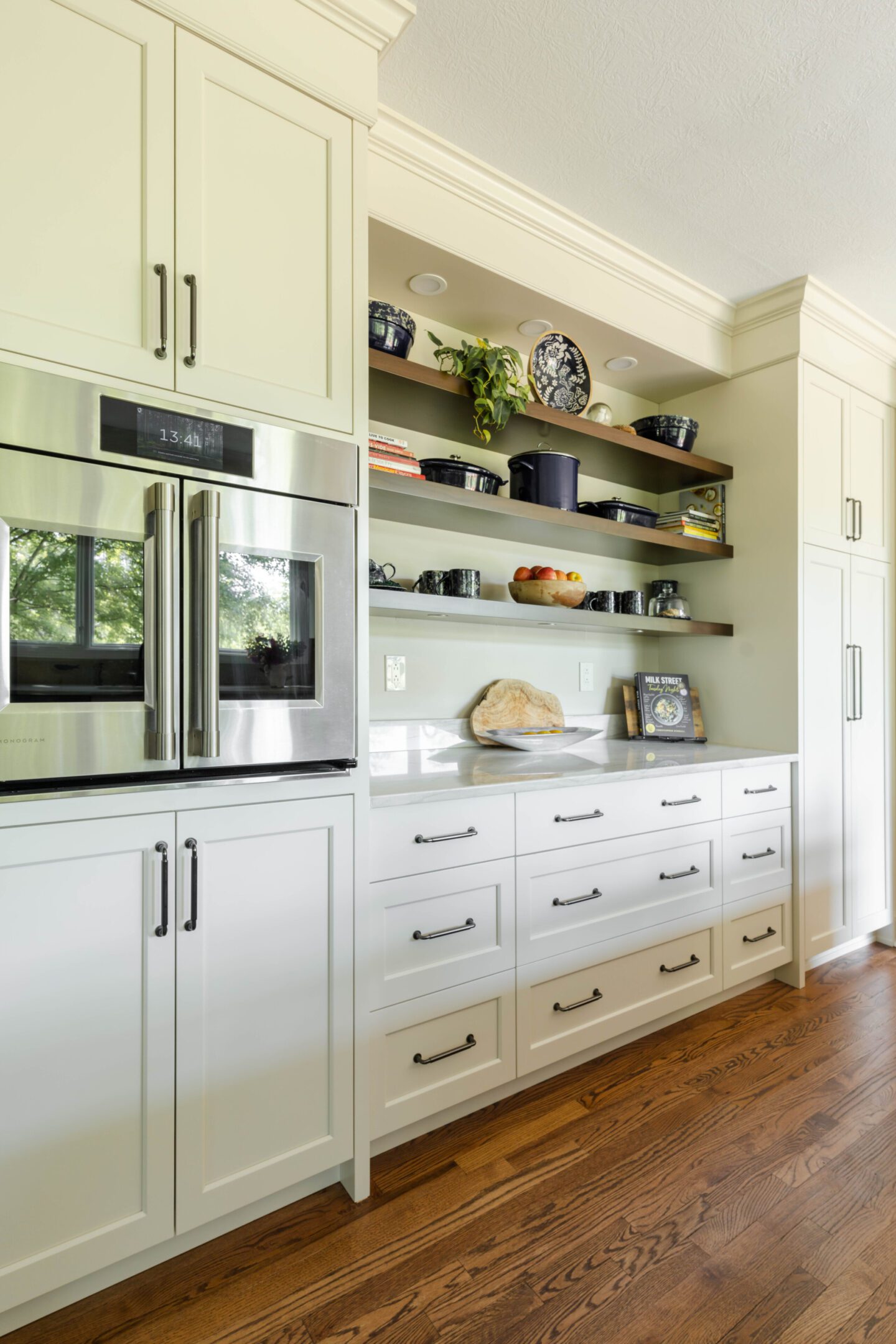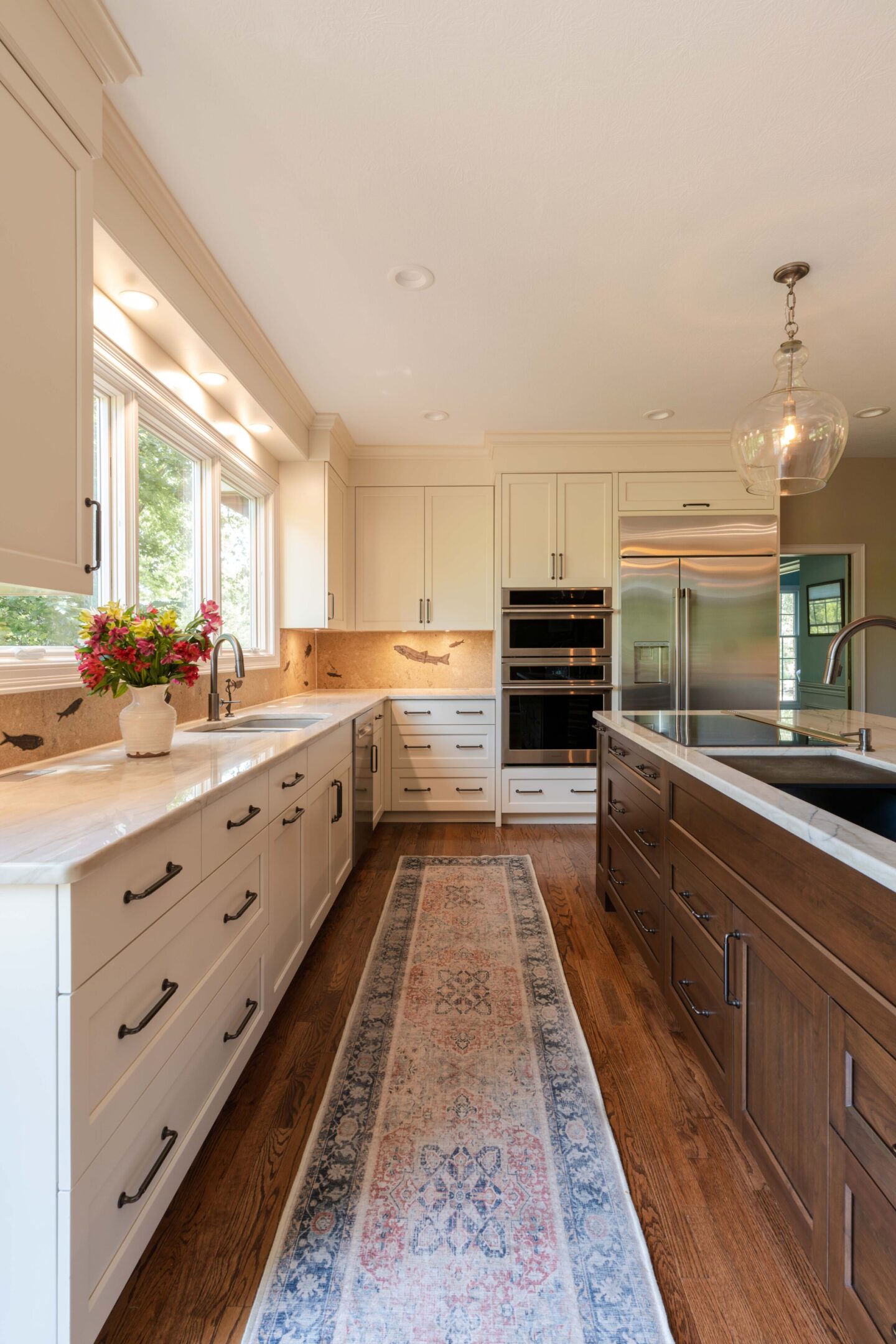
How to Update Your Kitchen with Aging in Place Kitchen Design
If you’re an older individual who’s found your dream home, you’re probably planning to live there for the rest of your life. Most older Americans feel the same way, as the AARP found that 90% of seniors intend to remain in their current homes for the next 5-10 years. However, research also reveals that only 3.8% of U.S. homes are suitable for senior living. Therefore, your house will most likely require aging in place home modifications to become safe enough to support you as you enter the later years of life. Home modifications for mature adults encompass the entire house, but one of the most essential rooms in your life could also necessitate the biggest amount of modifications: the kitchen. The kitchen is a space you enter many times a day, and it’s full of design flaws that make life as an older adult much more challenging. So, to receive a senior-friendly kitchen, learn how to update your kitchen with aging in place kitchen design.
What Is Aging in Place?
The Centers for Disease Control and Prevention defines aging in place as “The ability to live in one’s own home and community safely, independently, and comfortably, regardless of age, income, or ability level.” A more simplified explanation provided by the National Institute on Aging is, “Staying in your own home as you get older.”
Aging in place means living out the rest of your life in the home you cherish surrounded by the people you love. It’s preserving your ability to care for yourself without fear of having accidents or sustaining injuries within your own home.
Since most American homes are not designed with older adults in mind, continuing to live in your own home as you age can be unsafe. This fact may seem strange, but it’s true nonetheless. Some of our bodies’ abilities diminish as we get older, so activities like taking the stairs, stepping into the bathtub, or even turning on a light can get more strenuous. And if your house doesn’t help to reduce the strain of taking care of yourself as you get older, then you could get hurt in your own home.
Therefore, to successfully age in place, you must make aging in place home modifications.
What Are Aging in Place Home Modifications?
If you want to live in your dream home for the rest of your life, then you must commit to making your home senior-friendly with aging in place home modifications. Aging in place home modifications are physical design changes that allow older people to live safely and comfortably within their own homes. Applying aging in place modifications to your home is essentially aging in place remodeling.
With aging in place remodeling, your home accommodates your changing abilities and makes moving through your home easier. Knowing which aging in place solutions you need can be challenging, so you should turn to a Certified Aging In Place Specialist (CAPS) to guide you through this process. A CAPS, like the one working at BenchMark Home Services, has completed focused education and training that qualifies them to redesign homes for older individuals.
What Is an Aging in Place Kitchen?
As mentioned, many of the things you’re used to doing around your home will become more difficult with age. In particular, baking and cooking will not only be harder but also more hazardous for older bodies.
The heights within a typical kitchen could cause problems. For example, if you’re unable to stand for long periods or use a wheelchair, then preparing food on a standard-height countertop will be difficult. Reaching into the upper and lower cabinets to pull things out will also be a struggle.
Another issue would be controlling appliances. If the buttons on your stove are located at the back, you’ll have to reach across the burners to operate the stove, which puts you at risk for burns. If your microwave is mounted among the upper cabinets or if your oven is even with the lower cabinets, then you’ll have to reach up high or bend down low to use these machines.
The appearance of many kitchens can also be troublesome. For instance, light reflecting off shiny cabinets and countertops can interfere with your vision. Countertop and cabinet colors that blend together could cause you to misjudge distances. Similar flooring and wall colors could have the same effect.
These scenarios illustrate just a few of the hazards that are waiting to happen in a conventional kitchen. So, an aging in place kitchen would recognize these scenarios and all the other potential obstacles a kitchen can present and apply aging in place kitchen design to avoid them.
What Is Aging in Place Kitchen Design?
Aging in place kitchen design considers the intended functionality of a kitchen and the specific abilities of an older person to produce a culinary space that aids seniors. With aging in place kitchen design, older individuals can do everything they could do in a stereotypical kitchen when they were younger.
Aging in place kitchen design works to prevent bumps and bruises with streamlined appliances, rounded corners, wide walkways, and simplified cabinetry. Aging in place kitchen design also intends to eliminate splashes and spills by keeping heating surfaces and water sources waist-high. What’s more, aging in place kitchen design tries to fend off falls with conveniently located handrails and grab bars, slip-resistant flooring, and threshold-free entryways. Finally, aging in place kitchen design attempts to avoid heavy lifting or low bending with easily accessible cabinets, plenty of drawers, and pull-out shelves.
Though aging in place kitchen design focuses on safety and functionality, it certainly doesn’t forget about aesthetics. When you rely on a CAPS to transform your kitchen according to your new needs, you can trust that they will also style your kitchen with chic forms, colors, textures, and materials that speak to your tastes. With aging in place kitchen design, you’ll love how your kitchen looks and performs for the rest of your life.

What Are Examples of Aging in Place Kitchen Design for Seniors?
Kitchen design for seniors covers all areas of the kitchen. A CAPS can determine exactly which aging in place solutions you need, but most kitchens require some of the following updates:
Appliances for Seniors:
- An elevated wall oven
- A pullout counter beneath the oven
- An accessible microwave, such as one at countertop-level or below
- An accessible dishwasher
- A cooktop with front-mounted controls instead of a range
- A side-by-side refrigerator-freezer unit with slide-out shelving and long door handles
- An easily accessible thermostat or window unit for temperature regulation
- Appliances with large numerical displays, good lighting, and automatic shut-off
- A medical alert device as well as smoke and carbon monoxide detectors, and a fire extinguisher
- A sufficient number of outlets for the number of appliances in the kitchen
Aging in Place Kitchen Design for Cabinets:
- Minimal cabinetry design that doesn’t jut out from the counter
- Bright, matte-colored cabinets that are easy to see
- Drawers wherever possible
- Lazy Susan cabinets wherever possible
- Rounded edges on any open shelving
- Upper cabinets lowered by 3”, pull-down shelves in the upper cabinets, and/or a pullout step under the lower cabinets
- Pull-out shelves in the lower cabinets
- A pantry with pullout shelves
- Accessible corner cabinets
Aging in Place Kitchen Countertops:
- Lowered countertops or multi-level countertops
- A durable, low-maintenance countertop material
- Color-coded countertop edges and rounded corners and edges
- A matte countertop surface
- Grab bars around the countertops
Senior-Friendly Kitchen Doors:
- Lever-style handles, loop handles, or D-handles on all doors, cabinets, and appliances
- Wider doorways or swing doors replaced with pocket doors
Aging in Place Kitchen Design for Floorplans:
- Amended kitchen floor plan that creates extra room for maneuverability
- Oven, sink, and refrigerator located as close to each other as possible
- A seated workspace
Kitchen Floors for Seniors:
- Slip-resistant flooring appropriate for kitchens such as linoleum, wood, or vinyl
- A slip-prevention texture on stone or tile flooring
- Walls painted a different color than the floors, and floor transitions with colored lines to aid depth perception
- Slopes at entryways or threshold-free doorways
- No rugs in the area
Senior-Friendly Kitchen Lighting:
- Task, track, recessed, or under-cabinet lighting above islands, countertops, and walkways
- Rocker-style light switches instead of toggle-style light switches
- A light switch within arm’s length of the entrance to the kitchen
- Extra windows wherever possible
- Easily accessible blinds on the windows
Aging in Place Kitchen Sink:
- A shallow sink no more than 6 inches deep
- Motorized sink, if necessary, and clearance beneath it
- Sink equipped with an anti-scald device, a soap dispenser, and a water filter
- Hands-free sink fixtures or a flexible/pullout sprayer faucet with lever handles

How Do I Have a Senior-Friendly Kitchen with Aging in Place Kitchen Design?
If you want to live in your home for the rest of your life, then your home must help you live that life. To make your home do more for you as an older individual, you must apply home modifications for older people. Most rooms will require aging in place remodeling, but the kitchen, in particular, will need aging in place solutions. Achieving aging in place kitchen design necessitates the expertise of a Certified Aging in Place Specialist (CAPS), so you shouldn’t try to fashion a senior-friendly kitchen without one.
So, where can you find a CAPS in northeast Ohio? At BenchMark Home Services. BenchMark Home Services is a branch of Capozzi Design Build, and owner Anne Capozzi is a CAPS. Therefore, we have the aging in place expertise it takes to produce the perfect aging in place kitchen for you. With Anne leading us, we guarantee that your kitchen will address the level of your physical abilities while adhering to your aesthetic preferences.
Each member of the BenchMark team has over 15 years of experience. And, as a company, we have an outstanding reputation for professionalism, excellence, and compassion in the industry.
Once BenchMark Home Services has given you a senior-friendly kitchen, you can keep cooking in your kitchen as long as you like. And that way, you can age in place successfully. So, contact us today to get your aging in place kitchen design!
